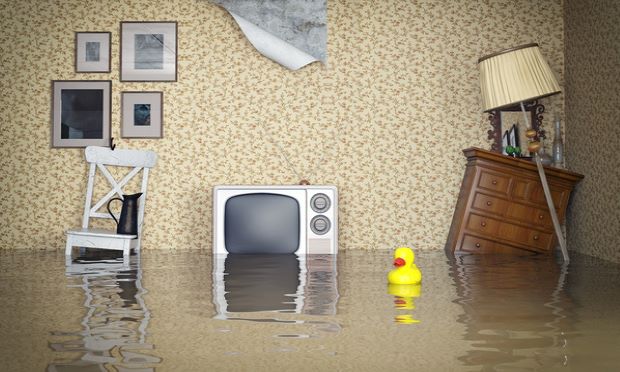 The paper pointed to evidence that a 4.6% pricing discount for properties in the hundred-year flood zone is not enough to reflect expected flooding costs. (Credit: Zastolskiy Victor/Shutterstock.com)
The paper pointed to evidence that a 4.6% pricing discount for properties in the hundred-year flood zone is not enough to reflect expected flooding costs. (Credit: Zastolskiy Victor/Shutterstock.com)
Climate change is a threat to many real estate properties, though more often honored in the speech while handled in the breech. Three-quarters of flood risks remain uninsured while real estate sites regularly fall short on disaster and wildfire risk ratings.
Recommended For You
Want to continue reading?
Become a Free PropertyCasualty360 Digital Reader
Your access to unlimited PropertyCasualty360 content isn’t changing.
Once you are an ALM digital member, you’ll receive:
- Breaking insurance news and analysis, on-site and via our newsletters and custom alerts
- Weekly Insurance Speak podcast featuring exclusive interviews with industry leaders
- Educational webcasts, white papers, and ebooks from industry thought leaders
- Critical converage of the employee benefits and financial advisory markets on our other ALM sites, BenefitsPRO and ThinkAdvisor
Already have an account? Sign In Now
© 2025 ALM Global, LLC, All Rights Reserved. Request academic re-use from www.copyright.com. All other uses, submit a request to [email protected]. For more information visit Asset & Logo Licensing.








